Derek Wilcox: The American Shokunin
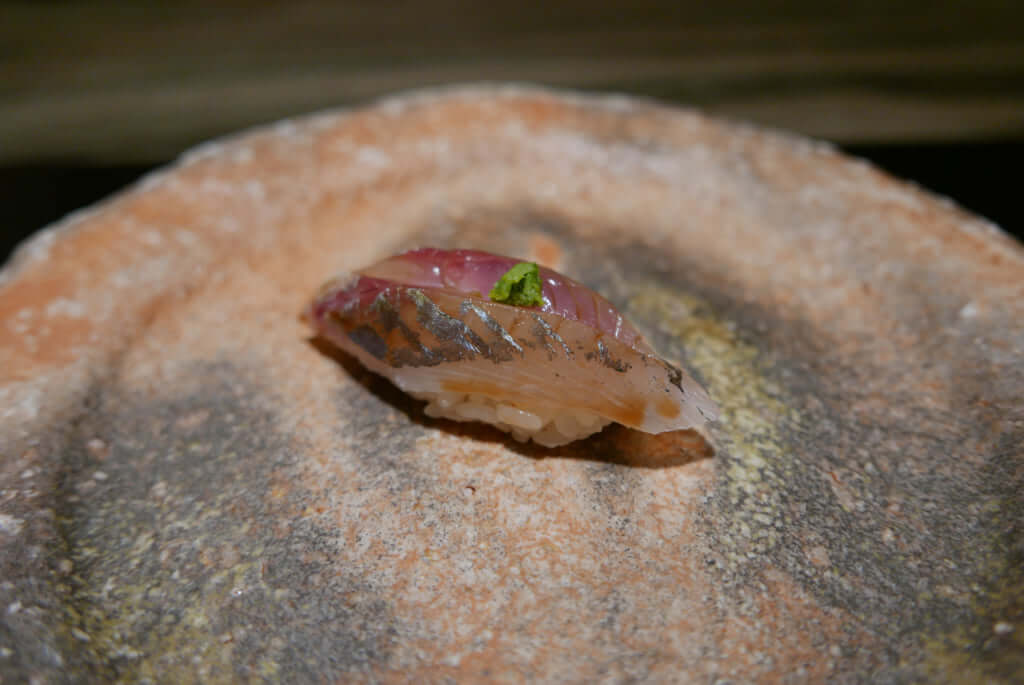
©Aiste Miseviciute
Derek Wilcox, chef of Shoji at 69 Leonard in NYC, is one of very few non-Japanese sushi masters in the world to have reached a comparable level to the best in Japan. If being a shokunin is a state of mind, Derek definitely satisfies the criteria. Like late Anthony Bourdain collaborator Matt Goulding wrote in his book Rice, Noodle, Fish, ‘Japan is the land of a million shokunin, dedicated artisans who bless this country with their quiet pursuit of perfect’. Shokunin, which in Japanese means ‘artisan’ has a much deeper meaning. It’s a philosophy of life where you always thrive for perfection and never cease to get better at what you do.
Chef Derek was born in upstate New York, but grew up in Virginia. Before moving to Japan right after the cooking school, he has worked at factories, warehouses and even a bagel bakery. One of the very few foreigners who has ever done that, he has then trained at Kyoto’s legendary kaiseki restaurant Kikunoi and Sushi Aoki in Ginza. ‘Visiting Japan is great, you are treated like a guest everywhere you go’, says Derek. ‘However, working in Japan is different, you are expected to adhere to certain customs and fit into a social hierarchy. The good thing is, if you play by the rules, you are treated just like everyone else’.
Since moving to New York City 2 years ago and setting up Shoji at 69 Leonard, chef Wilcox has kept the Japanese work ethics and the shokunin way of thinking. Knowing both cultures so well, it can only be advantageous. ‘Japan and the US are both hard-working and high-achieving cultures. I would say Japanese work culture is more focused on teamwork and craftsmanship, while US work culture is more focused on efficiency and individual pride’, says Derek.
For him, excellence in any cuisine comes from being relentless in sourcing quality ingredients and preparing them with skill and sensitivity. ‘Sushi is unique in that you are using a wide variety of wild seafood, which changes daily depending on weather conditions, ocean conditions, and the seafood’s natural life cycle. So you must learn through experience to make adjustments to preparation’.
When asked about the main difference between the seafood in Japan and the USA, Derek said he finds the produce in the USA as good or sometimes even better than in Japan. The biggest challenge in the USA, according to him, is the handling of the produce from the sea and the boat to the restaurant’s door. Also, there is no conventional wisdom of how to prepare the seafood from the US for sushi, ‘so you have to figure everything out for yourself based upon your experience with similar seafood in Japan. It’s a tremendous challenge, and it’s so much easier to just import everything from Japan’. For Derek however, it’s important to have a responsibility towards local resources and to work with as much local ingredients as possible.
While the presentation and execution of most of the dishes at Shoji at 69 Leonard is just like what you would expect at the best places in Japan, lots of seafood used there come from the US. ‘I think Shoji is unique among New York Japanese restaurants in our adherence to the highest standards in quality, preparation and service, with no gimmicks or secrets. Everything we do is dependent upon that’, says Derek Wilcox, shokunin in its true sense.
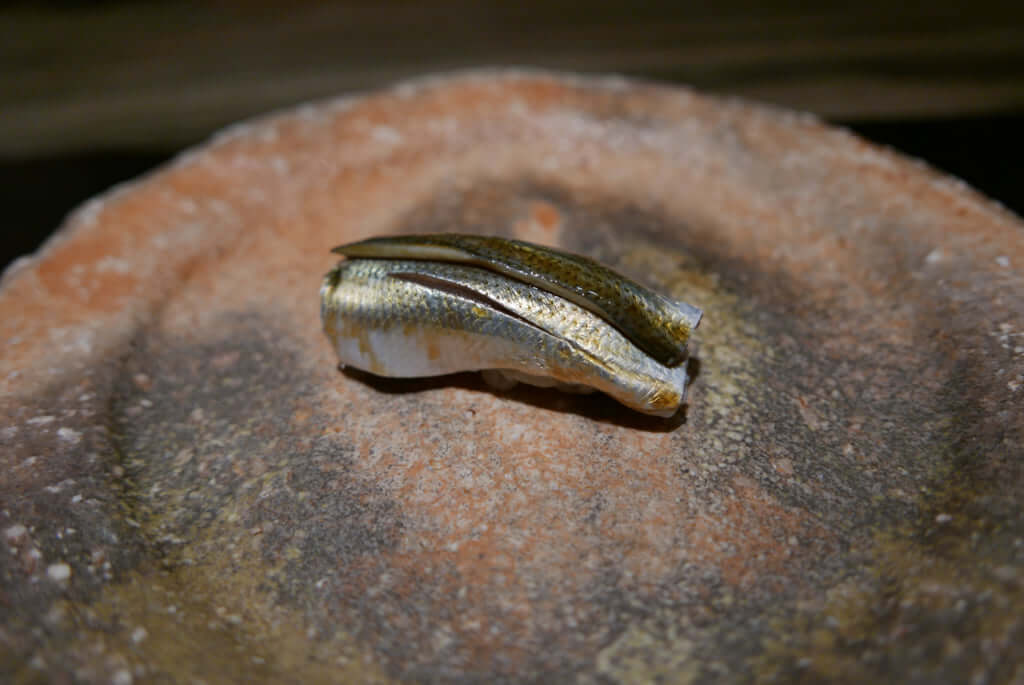
©Aiste Miseviciute
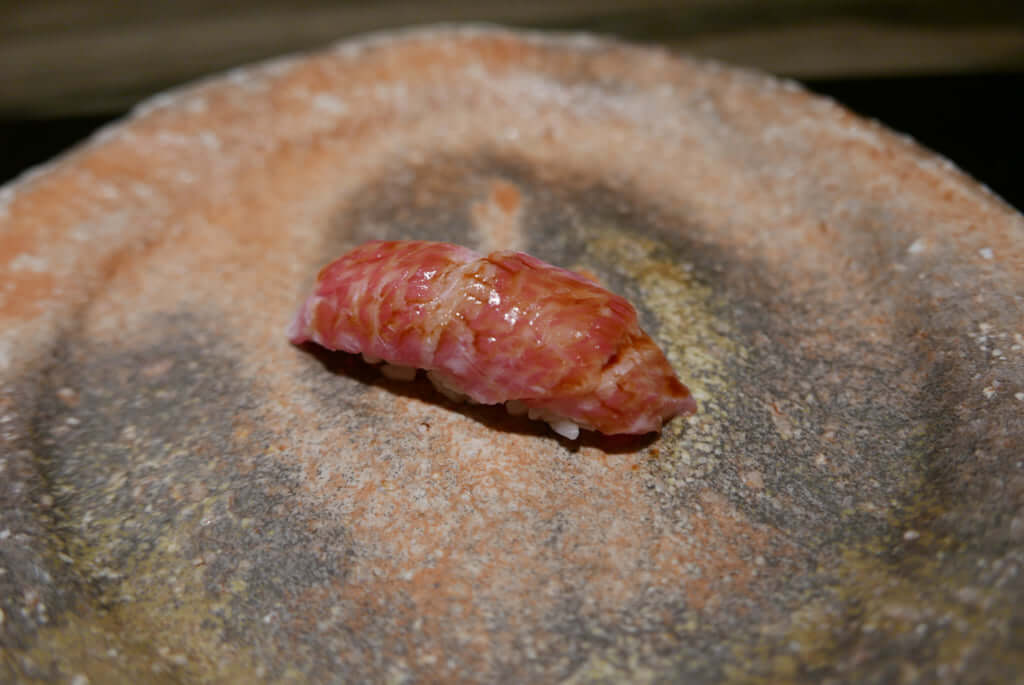
©Aiste Miseviciute
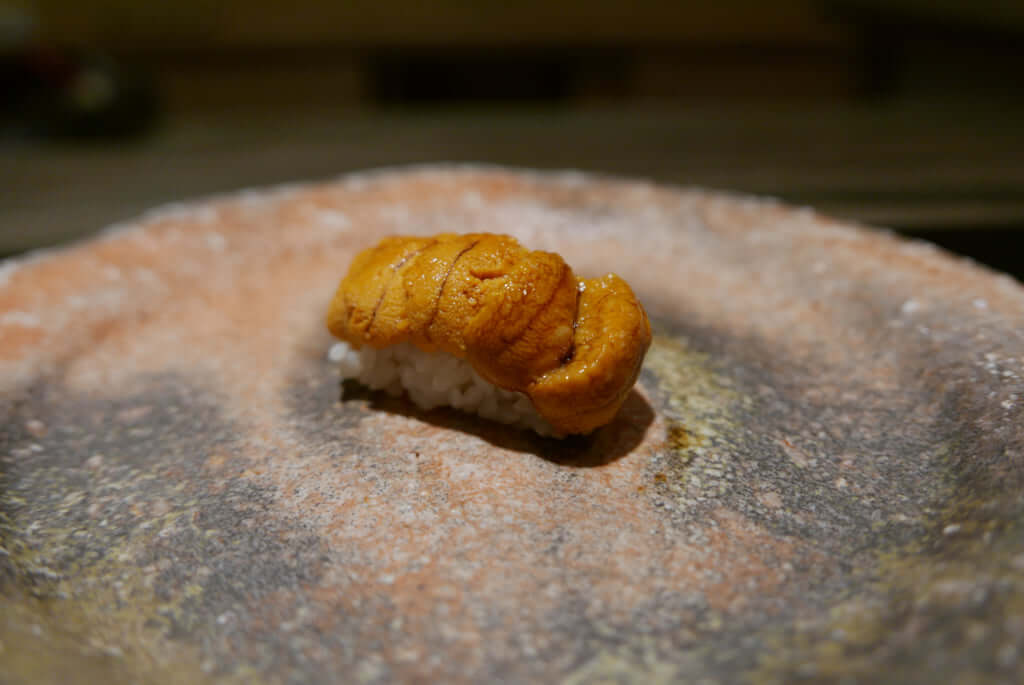
©Aiste Miseviciute
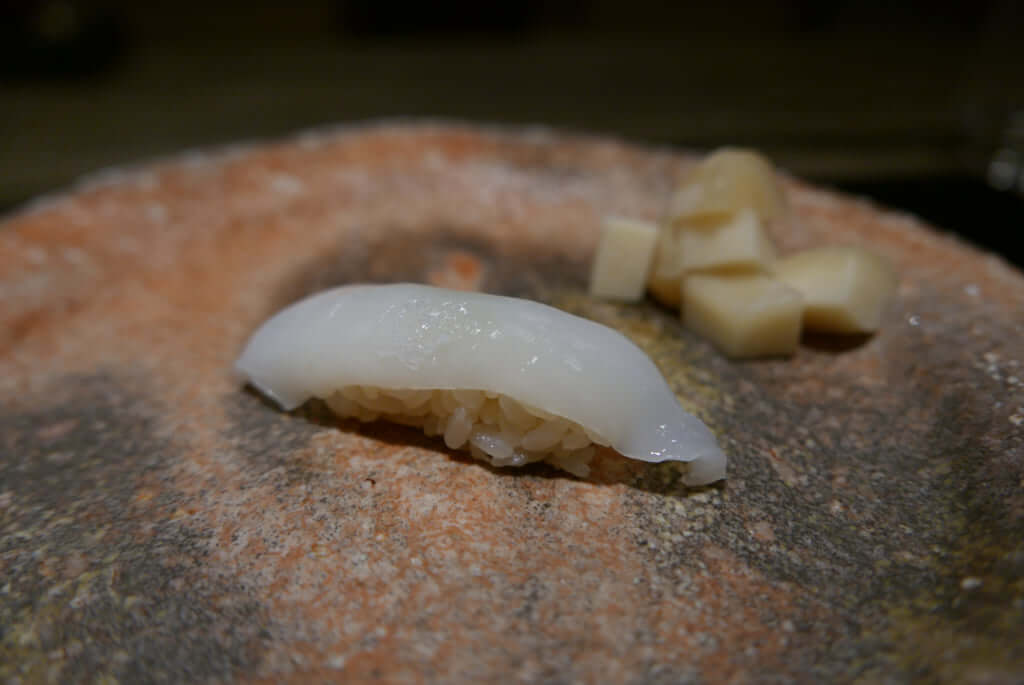
©Aiste Miseviciute
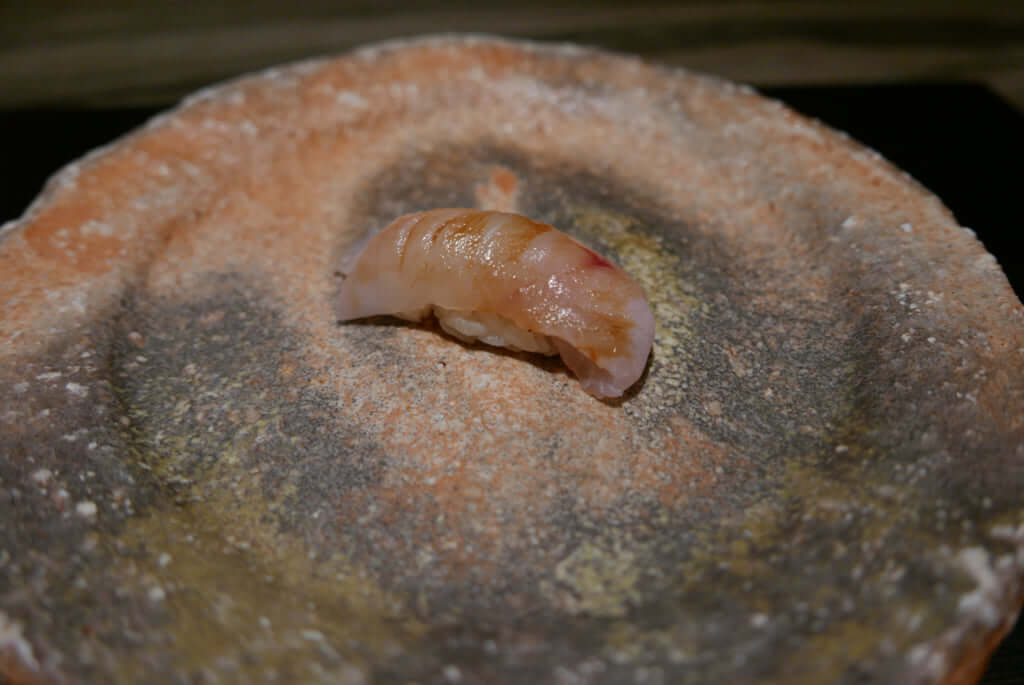
©Aiste Miseviciute
Shoji at 69 Leonard Street
69 Leonard St, New York
NY 10013, USA
Tel. +1 212-404-4600
www.69leonardstreet.com/TRENDING
-
A Rare Japanese Garden Hidden Within Honen-in Temple in Kyoto
Visible only twice a year, ‘Empty River’, designed by landscape architect Marc Peter Keane, evokes the carbon cycle.

-
Colour Photos of Yakuza Tattoos from the Meiji Period
19th-century photographs have captured the usually hidden tattoos that covered the bodies of the members of Japanese organised crime gangs.

-
Recipe for Ichiraku Ramen from ‘Naruto’ by Danielle Baghernejad
Taken from the popular manga with the character of the same name who loves ramen, this dish is named after the hero's favourite restaurant.

-
Modernology, Kon Wajiro's Science of Everyday Observation
Makeup, beard shape, organisation of cupboards and meeting places: all of these details decipher 1920s Tokyoites.

-
Hitachi Park Offers a Colourful, Floral Breath of Air All Year Round
Only two hours from Tokyo, this park with thousands of flowers is worth visiting several times a year to appreciate all its different types.





